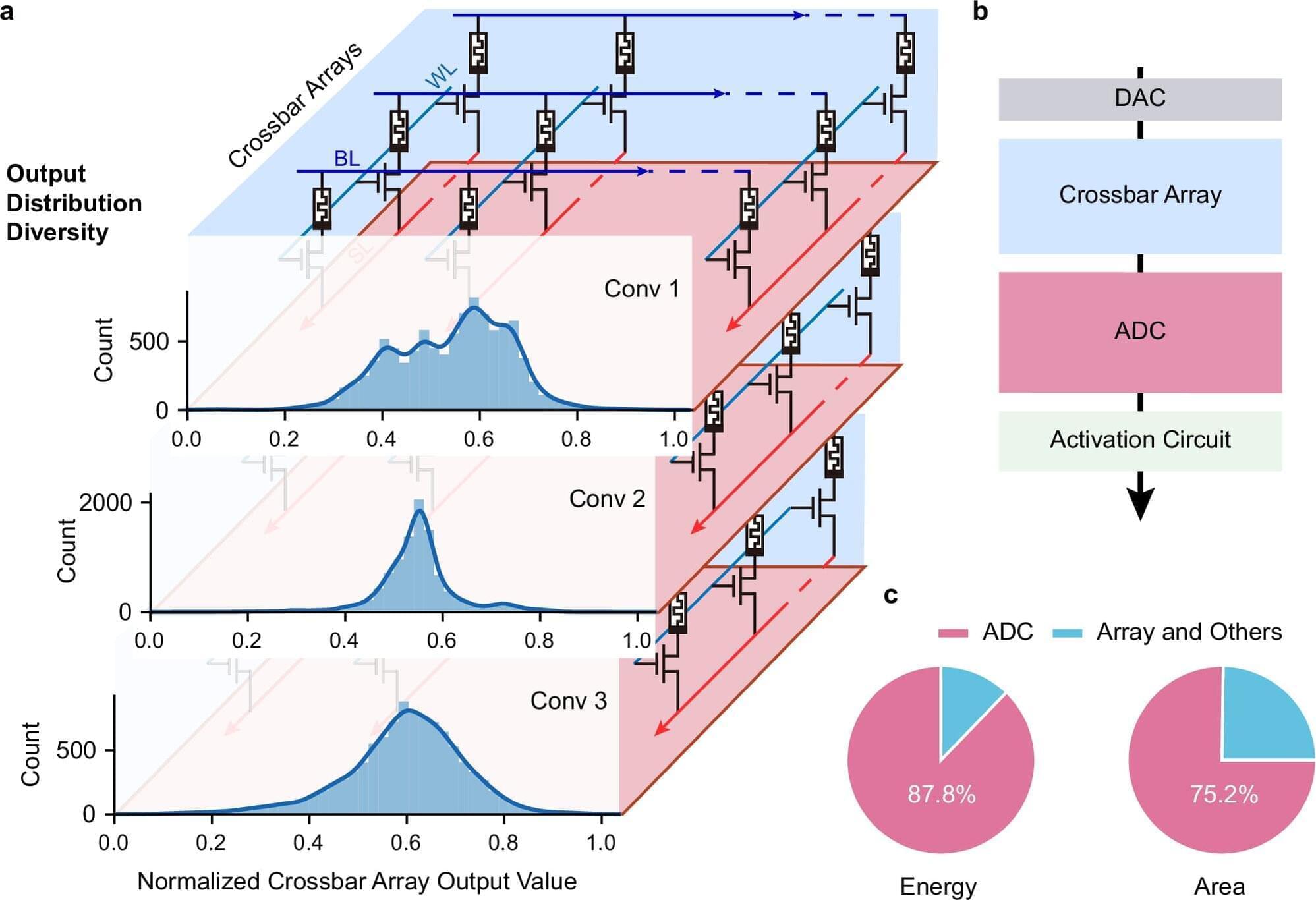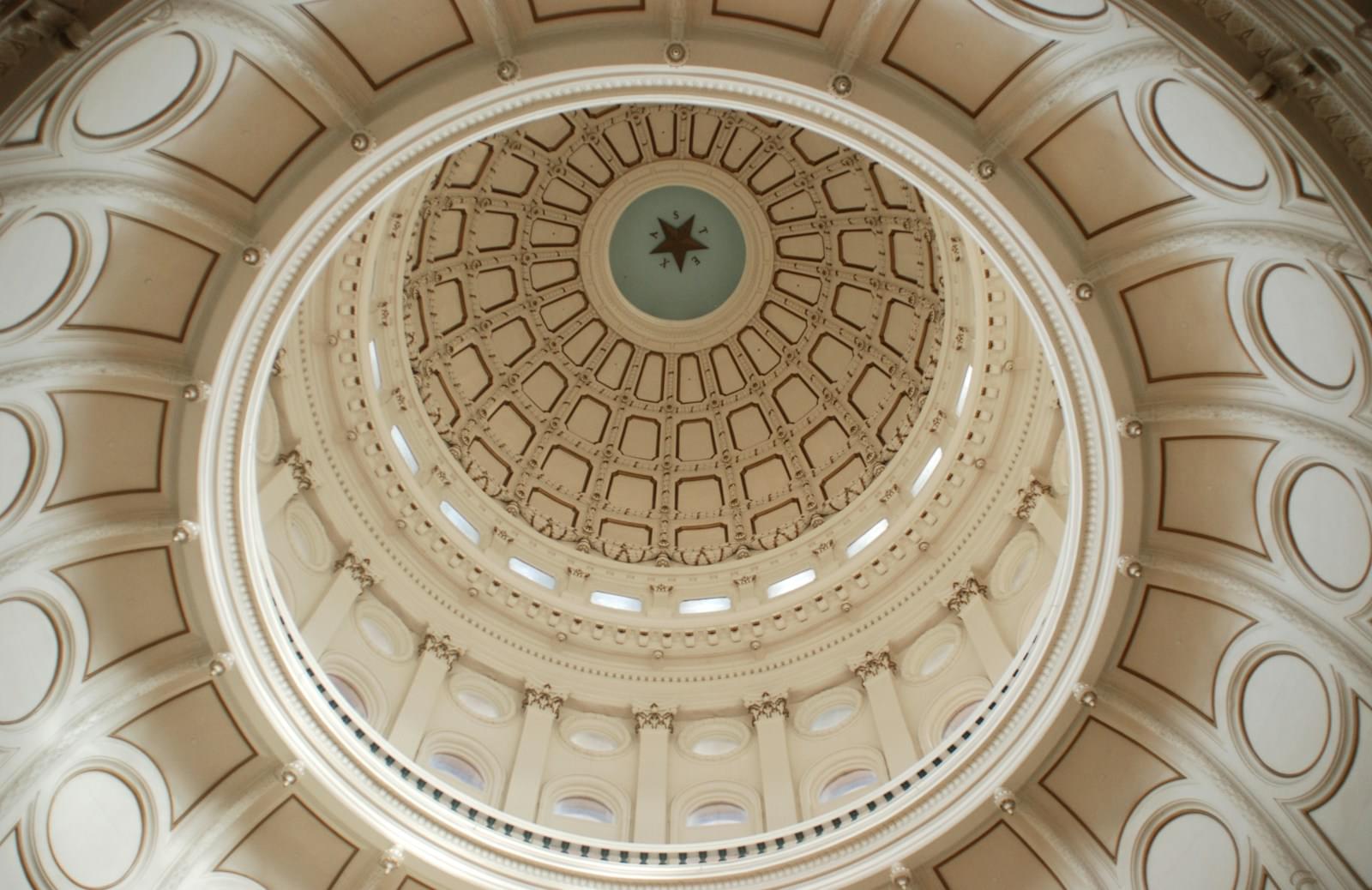From structure confirmation to methodology improvements, making complex natural products has driven innovation in organic synthesis for decades. Nina Notman looks at its current state, with threats from funding to academic pressures



[Progress, Potential, And Possibilities](https://www.facebook.com/ProgressPotentialAndPossibilities?__cft__[0]=AZYVuHhcb5n7bqZdmfQBxr_tiAiDFasAZLqhw71SwU5nZcmbevE3cnxoY6iBR7bRinYNQgVesfuBa464eN1k_jqEKOV3E1lRNCOnFHC_7wYNudnj48FSuBNlCN20WLNzX6QZL5z3v5gtQ5iuS44avZBB86vSCz7l5fN7ndE4b4ZMxkrXYb1JG3nplhBAgZblsjU&__tn__=-]K-R) crossed 20,000 subscribers! — Come join us & enjoy all of our fascinating guests who are creating a better tomorrow in 2026!!! [#IraPastor](https://www.facebook.com/hashtag/irapastor?__eep__=6&__cft__[0]=AZYVuHhcb5n7bqZdmfQBxr_tiAiDFasAZLqhw71SwU5nZcmbevE3cnxoY6iBR7bRinYNQgVesfuBa464eN1k_jqEKOV3E1lRNCOnFHC_7wYNudnj48FSuBNlCN20WLNzX6QZL5z3v5gtQ5iuS44avZBB86vSCz7l5fN7ndE4b4ZMxkrXYb1JG3nplhBAgZblsjU&__tn__=*NK-R) [#Podcast](https://www.facebook.com/hashtag/podcast?__eep__=6&__cft__[0]=AZYVuHhcb5n7bqZdmfQBxr_tiAiDFasAZLqhw71SwU5nZcmbevE3cnxoY6iBR7bRinYNQgVesfuBa464eN1k_jqEKOV3E1lRNCOnFHC_7wYNudnj48FSuBNlCN20WLNzX6QZL5z3v5gtQ5iuS44avZBB86vSCz7l5fN7ndE4b4ZMxkrXYb1JG3nplhBAgZblsjU&__tn__=*NK-R) [#STEM](https://www.facebook.com/hashtag/stem?__eep__=6&__cft__[0]=AZYVuHhcb5n7bqZdmfQBxr_tiAiDFasAZLqhw71SwU5nZcmbevE3cnxoY6iBR7bRinYNQgVesfuBa464eN1k_jqEKOV3E1lRNCOnFHC_7wYNudnj48FSuBNlCN20WLNzX6QZL5z3v5gtQ5iuS44avZBB86vSCz7l5fN7ndE4b4ZMxkrXYb1JG3nplhBAgZblsjU&__tn__=*NK-R) [#Innovation](https://www.facebook.com/hashtag/innovation?__eep__=6&__cft__[0]=AZYVuHhcb5n7bqZdmfQBxr_tiAiDFasAZLqhw71SwU5nZcmbevE3cnxoY6iBR7bRinYNQgVesfuBa464eN1k_jqEKOV3E1lRNCOnFHC_7wYNudnj48FSuBNlCN20WLNzX6QZL5z3v5gtQ5iuS44avZBB86vSCz7l5fN7ndE4b4ZMxkrXYb1JG3nplhBAgZblsjU&__tn__=*NK-R) [#Technology](https://www.facebook.com/hashtag/technology?__eep__=6&__cft__[0]=AZYVuHhcb5n7bqZdmfQBxr_tiAiDFasAZLqhw71SwU5nZcmbevE3cnxoY6iBR7bRinYNQgVesfuBa464eN1k_jqEKOV3E1lRNCOnFHC_7wYNudnj48FSuBNlCN20WLNzX6QZL5z3v5gtQ5iuS44avZBB86vSCz7l5fN7ndE4b4ZMxkrXYb1JG3nplhBAgZblsjU&__tn__=*NK-R) [#Science](https://www.facebook.com/hashtag/science?__eep__=6&__cft__[0]=AZYVuHhcb5n7bqZdmfQBxr_tiAiDFasAZLqhw71SwU5nZcmbevE3cnxoY6iBR7bRinYNQgVesfuBa464eN1k_jqEKOV3E1lRNCOnFHC_7wYNudnj48FSuBNlCN20WLNzX6QZL5z3v5gtQ5iuS44avZBB86vSCz7l5fN7ndE4b4ZMxkrXYb1JG3nplhBAgZblsjU&__tn__=*NK-R) [#Research](https://www.facebook.com/hashtag/research?__eep__=6&__cft__[0]=AZYVuHhcb5n7bqZdmfQBxr_tiAiDFasAZLqhw71SwU5nZcmbevE3cnxoY6iBR7bRinYNQgVesfuBa464eN1k_jqEKOV3E1lRNCOnFHC_7wYNudnj48FSuBNlCN20WLNzX6QZL5z3v5gtQ5iuS44avZBB86vSCz7l5fN7ndE4b4ZMxkrXYb1JG3nplhBAgZblsjU&__tn__=*NK-R)
探索 Facebook 上的 #youtubechannel



A cross-institutional team led by researchers from the Department of Electrical and Electronic Engineering (EEE), under the Faculty of Engineering at The University of Hong Kong (HKU), have achieved a major breakthrough in the field of artificial intelligence (AI) hardware by developing a new type of analog-to-digital converter (ADC) that uses innovative memristor technology. The work is published in Nature Communications.
Challenges with conventional AI hardware Conventional AI accelerators face challenges because the essential components that convert analog signals into digital form are often bulky and power-consuming. Led by Professor Ngai Wong, Professor Can Li and Dr. Zhengwu Liu of HKU EEE, in collaboration with researchers from Xidian University and the Hong Kong University of Science and Technology, the cross-disciplinary research team developed a new type of ADC that uses innovative memristor technology. This new converter can process signals more efficiently and accurately, paving the way for faster, more energy-efficient AI chips.
Adaptive system and efficiency gains The research team created an adaptive system that automatically adjusts its settings based on the data it receives, i.e., dynamically fine-tuning how signals are converted. This results in a 15.1× improvement in energy efficiency and a 12.9× reduction in circuit area compared with state-of-the-art solutions.



Europe’s physics lab CERN on Thursday said private donors had pledged $1 billion toward the construction of a new particle accelerator that would be by far the world’s biggest.
In a first, private individuals and philanthropic foundations have backed a flagship research project at CERN, the European Organization for Nuclear Research, which seeks to unravel what the universe is made of and how it works.
The donors include the Breakthrough Prize Foundation of billionaire Silicon Valley investor Yuri Milner; the Eric and Wendy Schmidt Fund for Strategic Innovation of former Google chief executive Eric Schmidt; plus Italian Agnelli family heir John Elkann, and French telecoms tycoon Xavier Niel.
